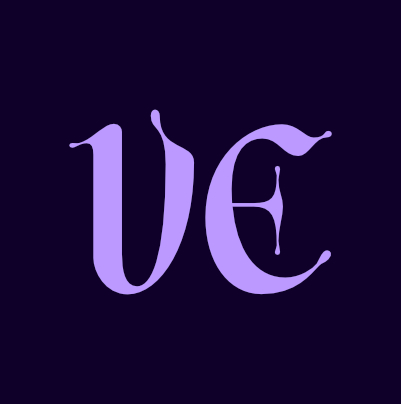From flash fiction to novels, knowing the difference will accelerate your journey.

When I decided to write my first fiction story, I thought it needed to be a novel.
Since I was a kid I wrote my stories thinking that each one needed to be multiple novels long. I would write and write, determined for my novels to be the door stoppers like my favorite books of the time. But I would run out of steam and never complete many of the stories I started.
Now as an adult and determined to self-publish my first book, I realized that I don’t need to write a 100,000+ word novel.
There are different literary forms I can use to express my creativity.
It’s not that I wasn’t aware of these different literary forms before. Rather, I got caught up with what is popular in mainstream publishing. Since I’m doing this on my own, I don’t have to be tied down by such rules.
And neither do you.
1. What is flash fiction?
Flash fiction is a brief fictional narrative that typically ranges from 750 to 1,500 words.
Shorter than a short story, it’s a literary form that forces you to immediately introduce character and conflict to the reader. Every word matters since you don’t have the luxury of length like in a novel.
This type of story is great when you’re trying to figure out your character or play around with a concept.
Flash fiction is fantastic for practicing in public and getting immediate feedback on the story you want to tell. Because you are only writing about 750 to 1500 words, you can get your work out, get feedback, and iterate.
2. What is a short story?
A short story is a brief work of prose fiction that falls between 2,000 and 15,000 words.
It can be read in a single sitting and focuses on a self-contained incident or series of linked incidents. You have more words to work with and can expand on character thought. It’s a step up from flash fiction in terms of spending more time on an idea or moment.
Wherein flash fiction is more experimental, a short story can be the next step once you have an idea or character you like.
You don’t have to do any extensive world-building — just enough to get by. This is a luxury flash fiction doesn’t have. But that means it might take you longer to write.
3. What is a novella?
A novella is the middle ground between a short story and a novel.
With novellas, you go beyond incidents — there is a compact and pointed plot. The intensity of shorter fiction is retained, but benefits from the nuances that are allowed in novels. Usually, novellas fall between 20,000 to 50,000 words (give or take).
Write a novella when you have a plot that doesn’t require the full length of a novel and is straight to the point.
4. What is a novel?
A novel is a fictional work of prose that weaves together character, plot, and setting to create a narrative world.
The novel is where you truly dig deep into a fictive world. Plot, character development, setting, and theme are essential. There is more investment of time on the writer’s and reader’s part.
The novel is a literary form many new writers start with and is popular amongst voracious readers.
So why should you care?
Once you understand the tools in your toolbox, it becomes easier to pick which one will get the job done.
Ask yourself: does a romantic comedy need to be a novel? Or will a novella keep you from spinning your wheels and get straight to the point?
Want to experiment with concepts and characters you’re not sure your readers will be engaged with? A short story or flash fiction can do a better job of that than sinking hours into a novel you slowly fall out of love with.
I’ve been there, and I don’t want you to make the same mistakes that I made.

Leave a Reply